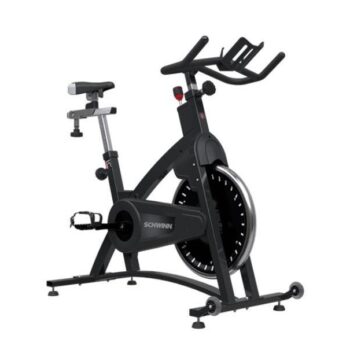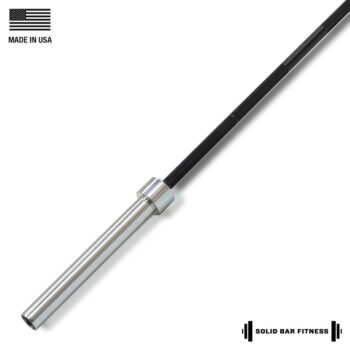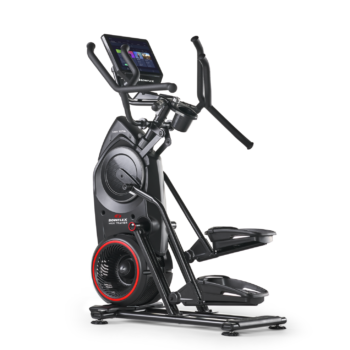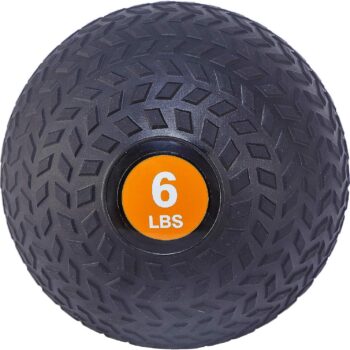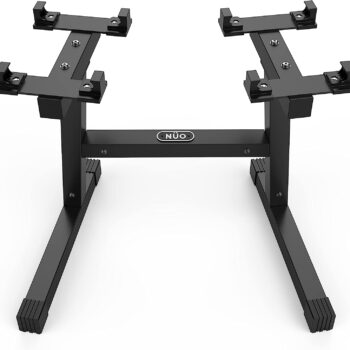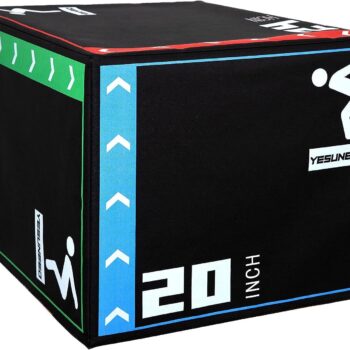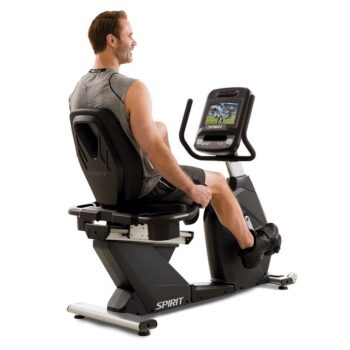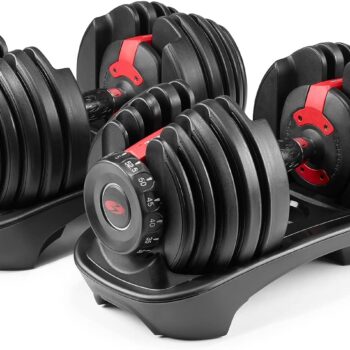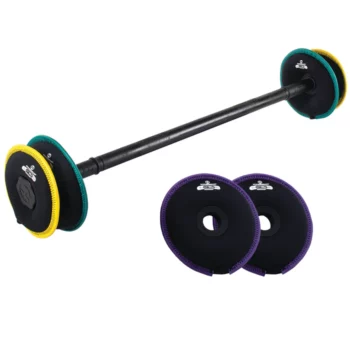Ready to build powerful rear delts? This straight-to-the-point guide lists the best rear delt exercises that deliver real results. Get ready to enhance your posture and strengthen your shoulders with our top picks that promise balance, stability, and aesthetic impact for your upper body.
Key Takeaways: Best Rear Delt Exercises
-
Rear delt exercises enhance posture, stabilize shoulder joints, and contribute to a balanced, aesthetically pleasing upper body, which can alleviate issues such as rounded shoulders.
-
A variety of exercises, including face pulls, prone incline dumbbell rows, and seated cable rows, target the rear delts, which are essential for shoulder stability and achieving a balanced physique.
-
For effective rear deltoid development, it’s important to maintain proper form, progressively overload the muscles, ensure adequate training frequency and volume, and avoid common mistakes such as neglecting the mind-muscle connection and using excessive weight.
Best Rear Delt Exercises: Why It Matters
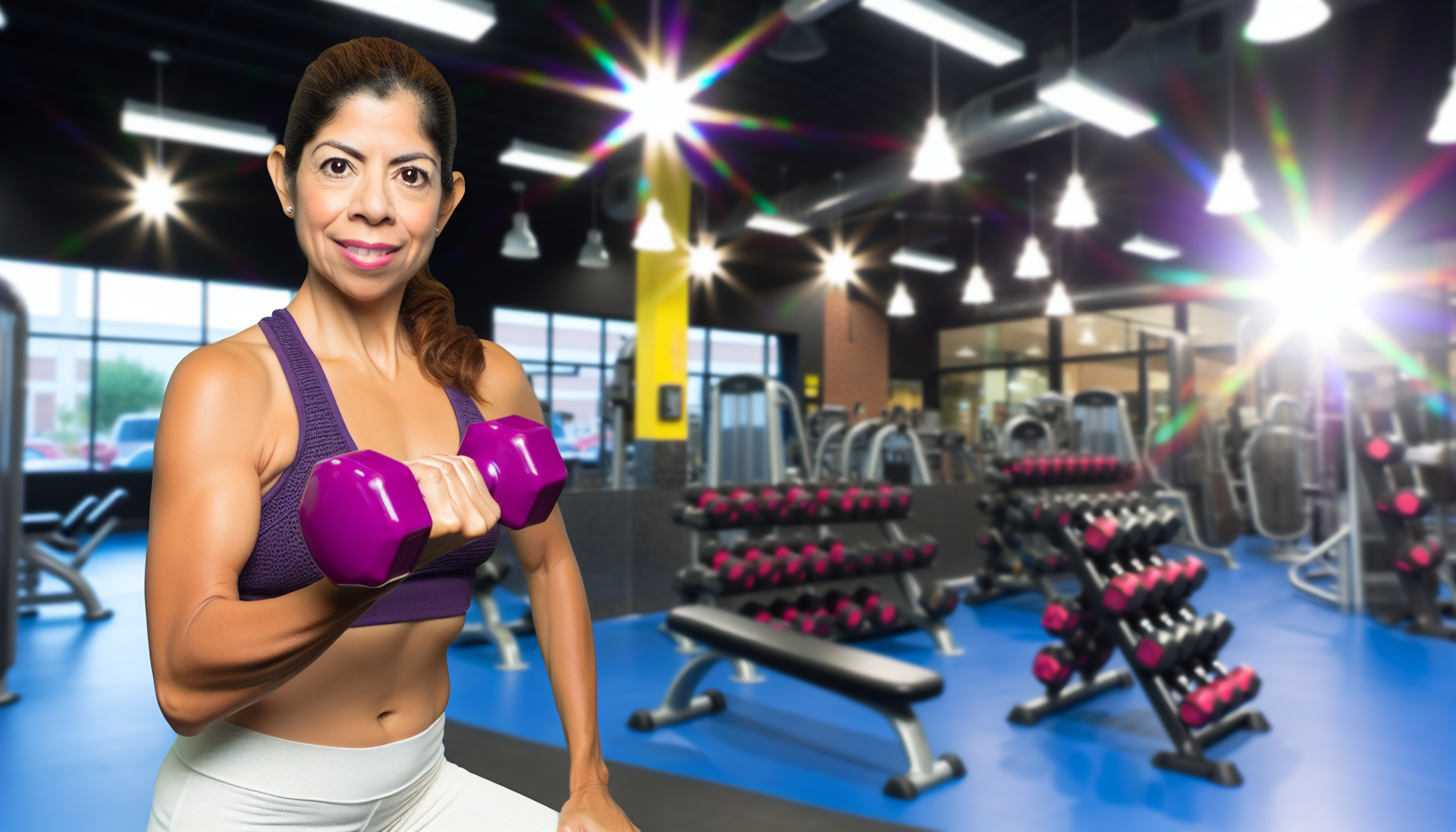
Rear delt training, though at times challenging, is definitely worth the effort. Through effective rear delt exercises you can improve your shoulders by achieving a better posture and stabilizing your shoulder joints for an impressive upper body physique. But that’s just scratching the surface of what these exercises offer!
Why don’t we look into it to discover all the advantages of dedicatedly performing rear delt workouts?
Improved Posture
Periodic rear delt exercises can help you improve your posture by addressing muscle imbalances and strengthening the muscles in the back of your shoulders, while also stabilizing those shoulder joints. Doing so promotes proper postural alignment to counter issues such as hunched-over shoulders.
Shoulder Stability
Rear delt exercises are an important component of any upper body strength training. This type of exercise is essential for good shoulder stability and overall health, as it helps protect the rotator cuff muscles responsible for extension, rotation and stabilisation tasks from injury. Rear delt training can be beneficial. Be seen as a vital step towards keeping healthy shoulders capable of performing day-to-day movements properly.
Balanced Physique
Strong rear deltoids promotes balance in the upper body, enhances strength and posture, which can lead to greater confidence when engaging in physical activities. To have a balanced physique with proportionate muscles is surely desirable!
Top 10 Best Rear Delt Exercises
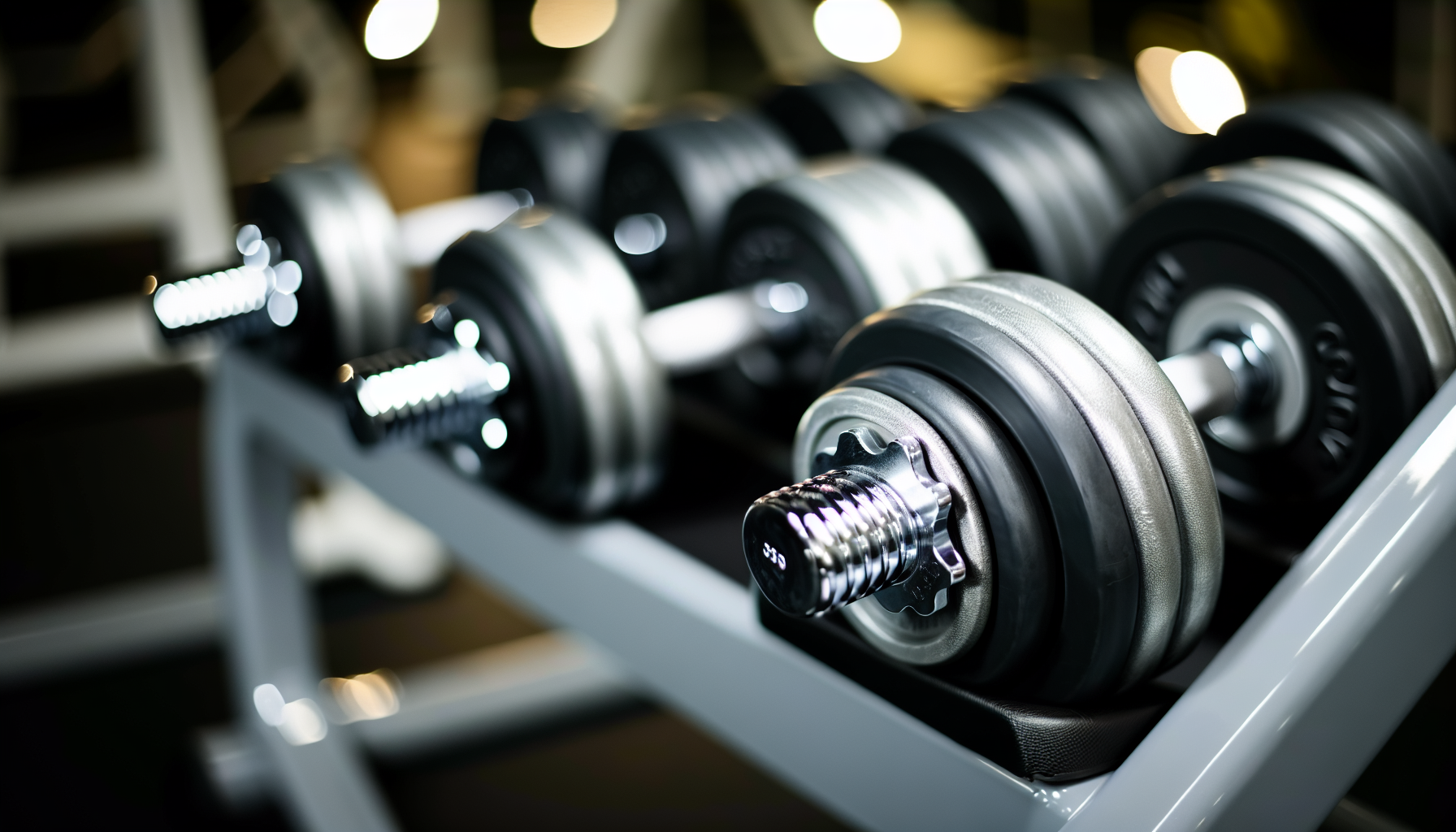
Understanding the value of training for rear delts, let’s review 10 exercises that can effectively shape your shoulders. These activities are crafted to target those muscles behind your shoulder blades. They will improve posture, strengthen stabilization in the area and create a symmetrical look we have mentioned earlier.
1. Face Pulls

The face pull is a great exercise to strengthen the rear delts while also aiding in posture. Using two-handled rope attachments connected to a cable machine, this workout focuses on targeting the back and mid portions of your shoulder muscles, trapezius and rhomboids. It’s important to keep an underhand grip for optimal benefit as well as ensure external rotation when doing this movement.
2. Prone Incline Dumbbell Row
The prone incline dumbbell row is an effective way to target the rear delts and upper back muscles, as it focuses on rowing with neutral grip and elbow movement. This compound exercise serves well for isolating the rear deltoids when included in a specific workout routine focusing on strengthening this part of your body.
3. Bent-Over Lateral Raise
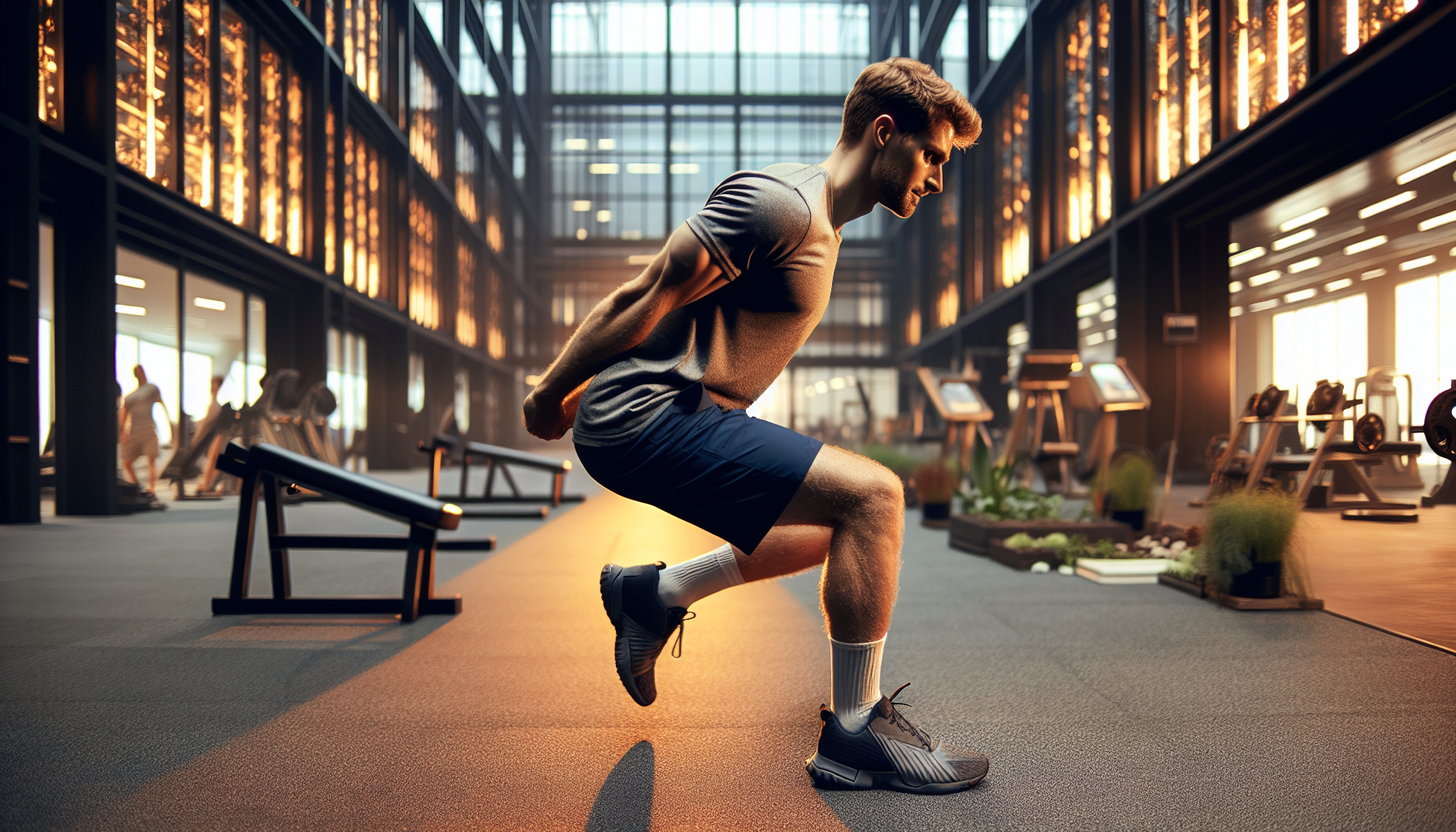
The bent-over lateral raise is designed to target the rear delts. This exercise uses either dumbbells or resistance bands, and can be used effectively for isolating this muscle group. To get the most out of it, remember to use proper form and maintain control during each movement.
This will stimulate your rear delts properly so you can see maximum results from your workout efforts!
4. Seated Cable Row
The seated cable row is a compound exercise targeting the rear deltoids and upper back muscles. The key movement in this exercise involves drawing your arms out to either side, focusing on training the posterior delts for greater development. This proven method ensures that more emphasis can be placed on those particular muscle groups for increased results.
5. High Pull
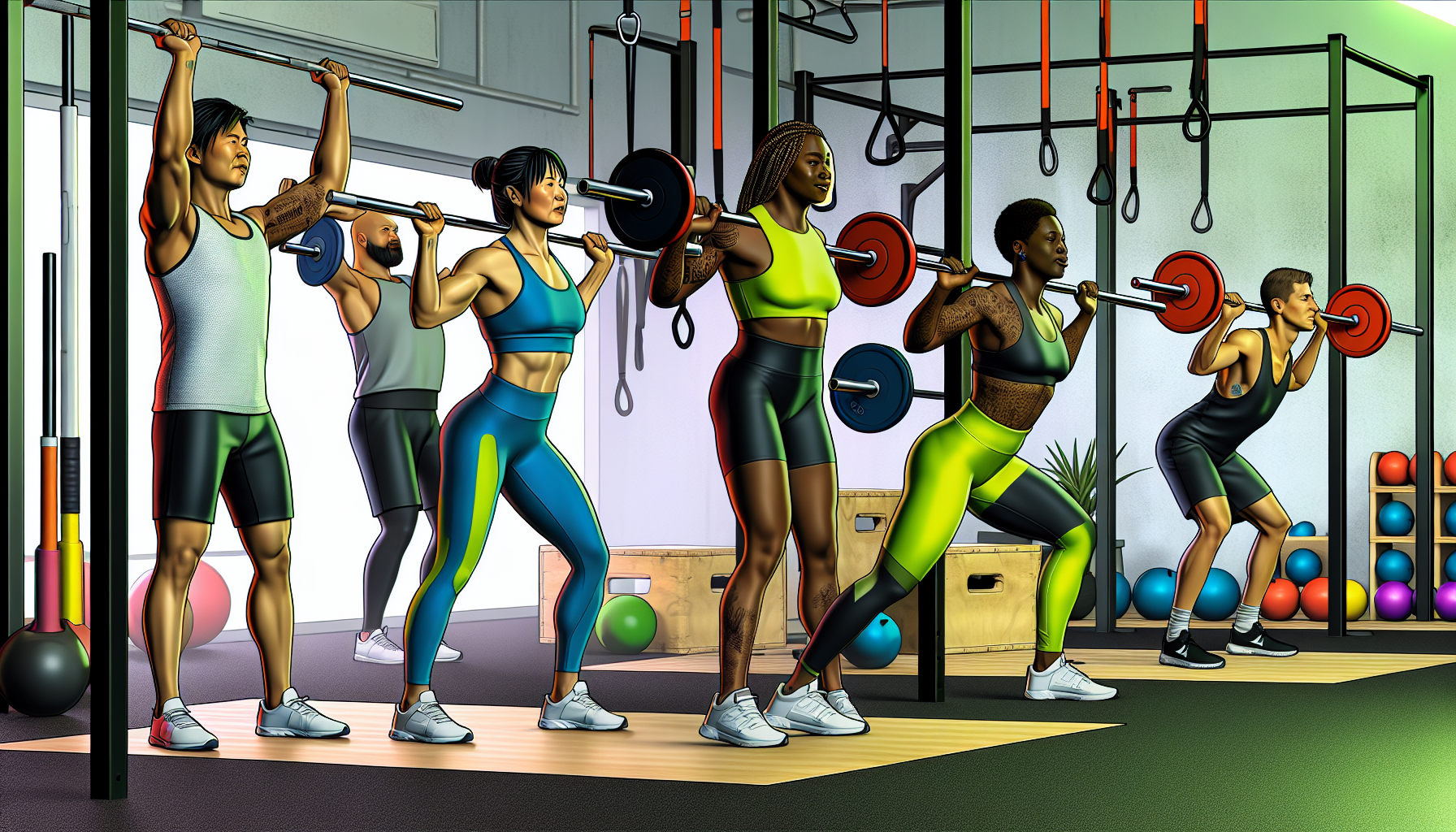
The high pull is a dynamic exercise that engages the rear delts, traps and upper back. This movement contributes to building strength and stability in the shoulder joint while delivering a great workout for targeting those hard-to-reach rear delt muscles, making it an ideal choice when looking to add some intensity into your rear delt routine.
6. Resistance Band Reverse Fly
The reverse fly with a resistance band is an effective way to train the rear delts while minimizing any impact. It also replicates the natural action of this shoulder area, offering consistent tension during the exercise which results in greater muscle engagement.
This low-impact move can help build strength and endurance within that specific region as well as accustoming your body to performing a backward press correctly and efficiently.
7. Single-Arm Dumbbell Row
The single-arm dumbbell row is a great way to train the rear delts, upper arm and upper back muscles. This exercise engages the key muscles of your posterior region, such as the rhomboids, trapezius and specifically targeting those hard-to-reach rear deltoids. Not only does it provide an intense workout for these muscle groups, but it can easily be included in any routine without difficulty.
8. Dumbbell Rear Delt Row
This variation of the standard row targets primarily the rear deltoids and trapezius muscles, offering a great shoulder strengthening exercise that can help with posture. The dumbbell rear delt row specifically works to activate these key muscle groups in order to provide maximum efficiency for any training session.
9. Rear Delt Machine Fly
The rear delt machine fly specifically targets the posterior deltoids in order to strengthen these shoulder muscles. This exercise is beneficial for many reasons. It can improve posture, stability of the shoulders, and help produce more well-defined back and shoulder muscle definition. It’s a great choice for those who are new to fitness or anyone preferring machines over free weight exercises.
10. TRX Inverted Row
The TRX inverted row is an effective bodyweight exercise which recruits the rear delts for stabilization while giving your whole back a good workout. This particular move primarily focuses on the shoulder and back muscles, making it ideal to include in any routine aimed at targeting those specific areas of the upper body.
Tips for Maximizing Rear Delt Development – Best Rear Delt Exercises
For your rear delts to become stronger, you must begin with the correct postures and physical exercise. Here are a few key techniques that will be of great help in this endeavor: Firstly, ensure your feet are set apart at shoulder width when starting, secondly concentrate on raising the upper arm bone, thirdly add exercises focusing on external shoulder rotation as part of the routine. Doing these activities can assist in strengthening both the muscles and blade around shoulders thus enhancing better extension movements for them too!
Prioritize Form
The importance of exercising with the correct technique cannot be overstated. The rear delts need to be engaged in a controlled fashion, and good form can help prevent injury. Plus, performing back shoulder exercises while properly activating your scapulae as well as keeping the movements consistent will increase their efficiency and effectiveness. Taking care when doing delt routines is imperative for success in strengthening these muscles.
Progressive Overload
Applying the progressive overload principle is essential for successful rear delt training. This means slowly upping intensity, weight, frequency and number of reps in your workout routine to stimulate muscle adaptation and growth specifically focusing on targeting the rear delts.
Frequency and Volume
Achieving muscular growth and strength in your rear delt muscles can be easily accomplished by training with rear delt exercises twice a week, aiming for 8-12 sets. Incorporating this volume of working out into your routine is essential to seeing development progress on the area.
Common Mistakes to Avoid
Rear delt workouts can be immensely beneficial. Certain mistakes need to be avoided in order for training sessions to have the utmost effect. We will explain some of these slip-ups which people often make during rear delt activities, so that they are able to get the most out of their exercises and steer clear of making common mistakes.
Overlooking Mind-Muscle Connection
It is essential to not overlook the mind-muscle connection when training, as it can have a tremendous positive effect on your rear delts. By focusing and connecting these two elements you will be able to maximize workout efficiency. Personalized content and ads along with their use of cookies and data may bring about beneficial results in terms of this aspect of training. Keep taking advantage of all available resources for reaching optimal performance!
Excessive Weight
It is important to choose a lighter weight that permits you to maintain proper form during your exercise routine, rather than use excessive amounts of resistance and risk injury. While it might appear attractive for the purpose of impressing other people (or yourself), remember that how well you lift matters more than just the amount lifted.
Neglecting Stretch and Mobility Work
Maintaining shoulder health and avoiding injuries necessitates that stretching and mobility exercises be included in your exercise regimen. In order to remain flexible, mobile muscles are of paramount importance. Hence it is vital not to overlook this aspect.
Thus make sure you include stretches as well as mobilization drills on a regular basis for the wellbeing of your shoulders!
The focus here is to help you improve the overall strength of your shoulders and make them look more balanced. While this may be a long process, it’s important to listen to your body as you go along and learn about rear delt training for better results. Take time but also enjoy yourself in the pursuit towards stronger shoulders!
Frequently Asked Questions
What is the most effective rear delt exercise?
For effective rear delt exercises, reverse flyes, bent-over lateral raises and prone incline lateral raises are recommended. Maintaining a moderate rep range (8-12 reps) with proper form is key for optimal results from these specific delt exercises.
How do you build rear deltoids?
Strengthening and developing your rear deltoids can be achieved by incorporating Side Lying Dumbbell Rear Delt Raise, Seated Dumbbell Rear Fly, and Dumbbell Incline Y Raise into your workout routine. These specific exercises are effective in targeting the backside of the shoulder muscles known as rear delts.
Where are your delts?
Your deltoid muscles are situated on the shoulder region and give you the ability to move your arms in multiple directions – ahead, sideways or backwards.
Why is rear delt training important?
Incorporating rear delt exercises into your training regime is essential for proper shoulder joint stability and better posture. It ensures overall fitness of the shoulders, as well as protecting against potential injury in the future. Rear delt training enables you to build a balanced upper body strength which can improve performance on various physical activities such as weightlifting or running.
What is the mind-muscle connection and why is it important in rear delt training?
It is essential to accurately target the rear delts when working out, and this can be achieved through concentrating on activating those particular muscles – an ability known as a mind-muscle connection.
Build Your Home Gym
-
Suunto Core Sports Watch
$219.00Original price was: $219.00.$140.31Current price is: $140.31. -
Fitness Factory Schwinn IC Classic Indoor Cycle
$1,499.00Original price was: $1,499.00.$1,399.00Current price is: $1,399.00. -
RENPHO Smart Scale: Digital BMI, Body Fat & Muscle Mass Analysis
$34.99Original price was: $34.99.$17.99Current price is: $17.99. -
Fitness Factory Kansas Power Bar
$219.00 -
Bowflex SelectTech 1090 Dumbbells
$799.00Original price was: $799.00.$699.00Current price is: $699.00. -
BowFlex Max Total 16
$2,499.00Original price was: $2,499.00.$2,149.00Current price is: $2,149.00. -
Fitness Factory Spirit CR900ENT Recumbent Bike
$6,899.00Original price was: $6,899.00.$5,899.00Current price is: $5,899.00. -
Echelon Fitness Smart Treadmill
$1,299.99 -
Samsung Galaxy Tab S7+
$849.99Original price was: $849.99.$499.99Current price is: $499.99. -
Finer Form Adjustable Workout Bench
$299.99Original price was: $299.99.$249.99Current price is: $249.99. -
Microsoft Surface Pro 7
$680.99



